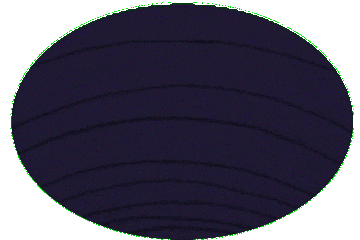Imagination
Imagination is the production of sensations, feelings and thoughts informing oneself. These experiences can be re-creations of past experiences, such as vivid memories with imagined changes, or completely invented and possibly fantastic scenes. Imagination helps apply knowledge to solve problems and is fundamental to integrating experience and the learning process. Imagination is the process of developing theories and ideas based on the functioning of the mind through a creative division. Drawing from actual perceptions, imagination employs intricate conditional processes that engage both semantic and episodic memory to generate new or refined ideas. This part of the mind helps develop better and easier ways to accomplish tasks, whether old or new. A way to train imagination is by listening to and practicing storytelling (narrative), wherein imagination is expressed through stories and writings such as fairy tales, fantasies, and science fiction. When children develop their imagination, they often exercise it through pretend play ("make believe"). They use role-playing to act out what they have imagined, and followingly, they play on by acting as if their make-believe scenarios are actual reality.
This article uses material from the Wikipedia article "Imagination", which is released under the Creative Commons Attribution-Share-Alike License 3.0.
References
| Title | Summary | |
|---|---|---|
| Colin Richardson's 1978 Interview with Harry Nilsson | ... " the other one was called "Imagination ."There's ... | |


